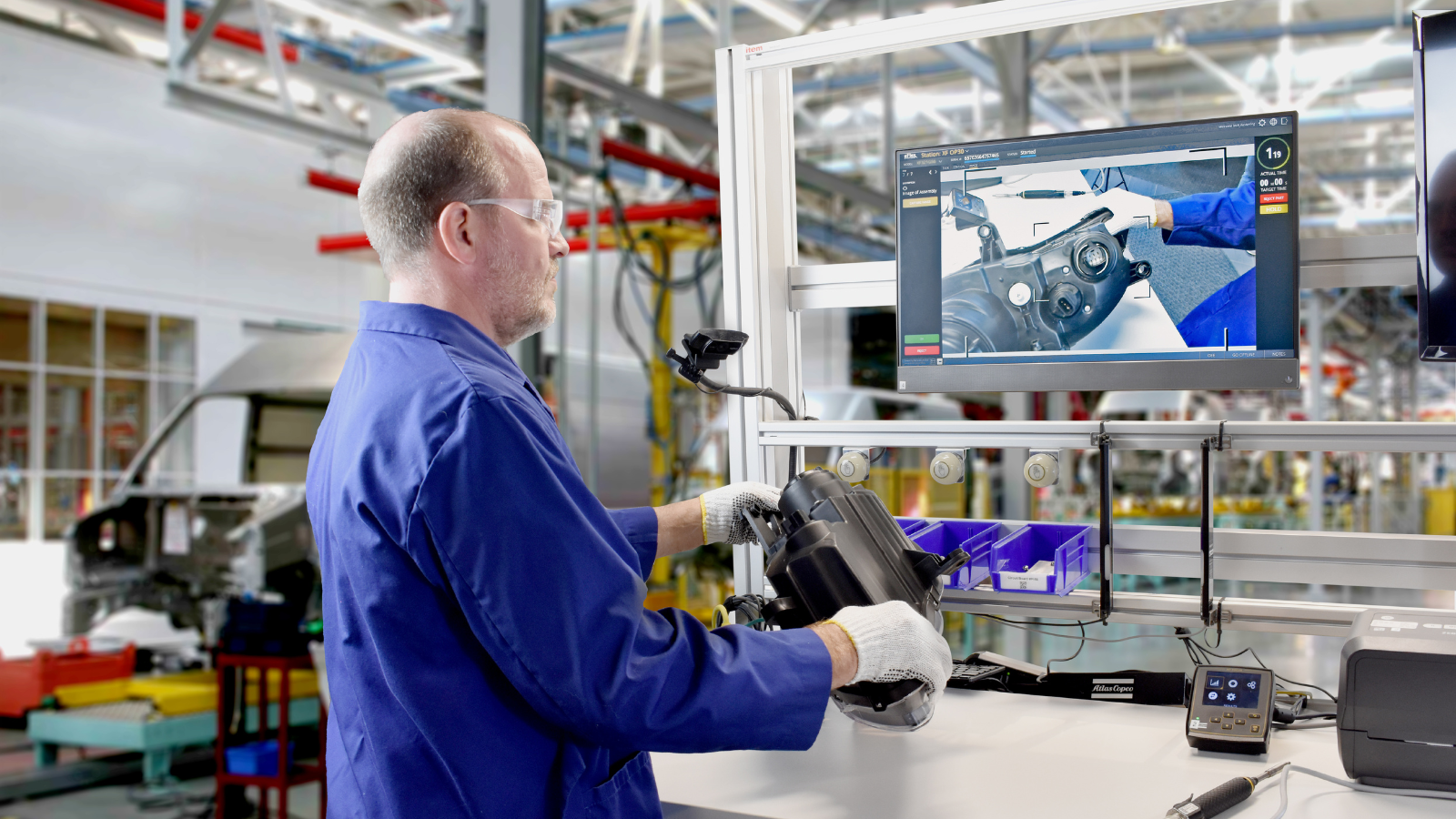Connecting Your Smart Tools to a Smart Factory
by Dan McKiernan, on Jul 10, 2023 8:43:08 AM
Today, growing numbers of manufacturers are embracing the power and possibilities of connected process control technologies and using innovative new solutions to transform their production environments. The best of these solutions are not just flexible and scalable, but can yield potentially dramatic improvements in efficiency, quality, and consistency.
One critical piece of the connectivity puzzle is located at the tip of the operational spear: a new generation of connected tools that automates data-gathering and enables users to work with greater flexibility, efficiency, and precision than ever before. These tools are part of the Industrial Internet of Things (IIoT), the ecosystem of connected devices that includes a plug-and-play layer of smart sensors and actuators and allows real-time feedback, data-gathering, and analytics. As growing numbers of tools and devices become digitally and wirelessly connected, process control solutions become exponentially more powerful.
.png?width=1600&height=900&name=SmarFactory%20Connected%20Devices%20(7).png)
For manufacturers, the decision to move forward with the digital transformation process is the first step in a journey that can start slow, but can ultimately represent a profound and often game-changing paradigm shift. While the best tech partners and providers will be able to roll out new tech slowly, to accommodate operational realities and financial limitations, manufacturers often quickly recognize the ROI potential and move to scale up quickly. Connected tooling is an important part of that process, providing critical new insights into people, parts, products, and production processes.
The good news is that connected tooling technology has come an extraordinarily long way in a relatively short time. Although the selection of connected and increasingly sophisticated devices continues to grow, the basic architecture of a connected production environment has evolved in important ways. The earliest connected devices that were literally connected with corded/hardwired connections to a controller gave way to a generation of wireless tools that utilized an intermediary hardware device called a hardware bridge. Today, however, a new generation of tools and connected process control solutions no longer needs controllers or intermediary hardware—thanks to wireless connectivity directly from devices to the application. This direct communication means fewer points of failure, reduced cost, and increased flexibility.
At the same time that new tools and new tech enable easier and more direct connectivity through standardized protocols, the sophistication of smart tools and sensors continues to grow. It isn’t just high-end fastening devices that provide detailed feedback: connected sensors that previously communicated simple status data (e.g. On or Off) can now detect the health of a connected device along with spatial details like the location, positioning, and range at which it is sensing. Combine this with the greater utility and mobility of tools that are no longer monuments but are now fully portable and flexible, and it's not hard to see why connected tooling is so impactful.

Even better, the expanding universe of connected devices allows new adopters to begin with relatively inexpensive sensors, bar code scanners, and image capture tools that almost immediately can yield enhanced transparency and traceability. The verifiable precision and automated record-keeping afforded by these tools is increasingly part of the compliance architecture—and often mandatory when working with big brands. While fastening tools represent more of an investment, manufacturers who have taken that all-important first step down the road to connected process control quickly tend to recognize the appealing cost-benefit calculus. For more and more decision-makers, the unavoidable conclusion is that greater connectivity is not only necessary to drive value, but when it comes to connected tooling, there is no such thing as too much of this game-changing capability.
To learn more about Epicor Connected Process Control and how easy it is to integrate devices into your assembly process, request a quick online demo today. Help ensure operators follow the right procedures, use the right tools with the right tolerance levels, at the right time, and enforce quality standards.